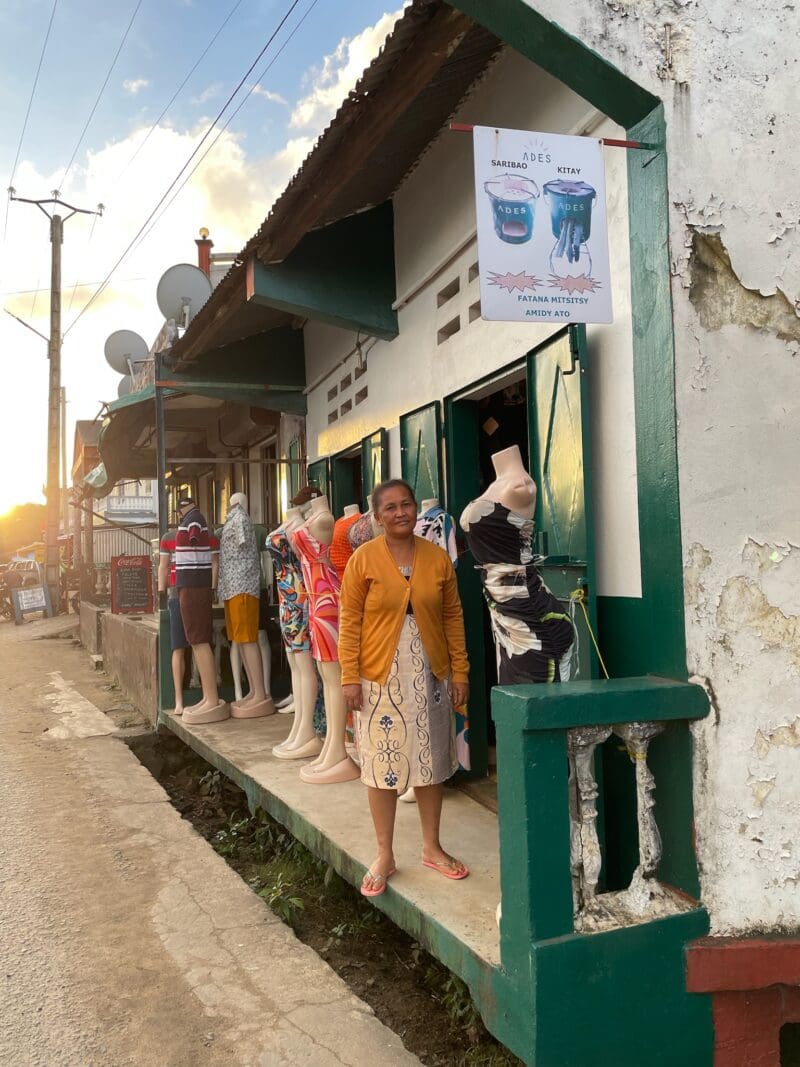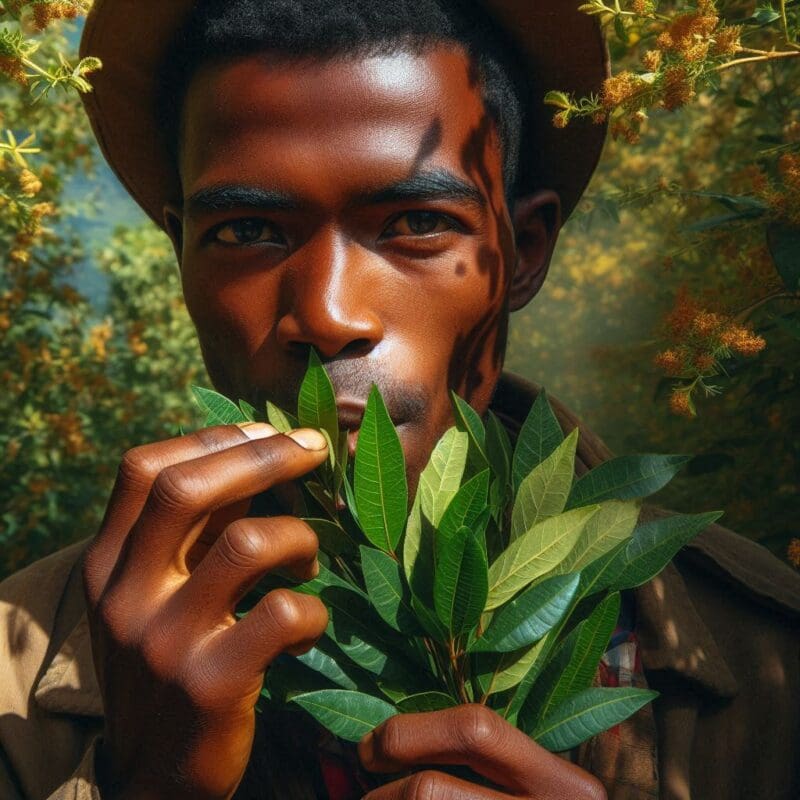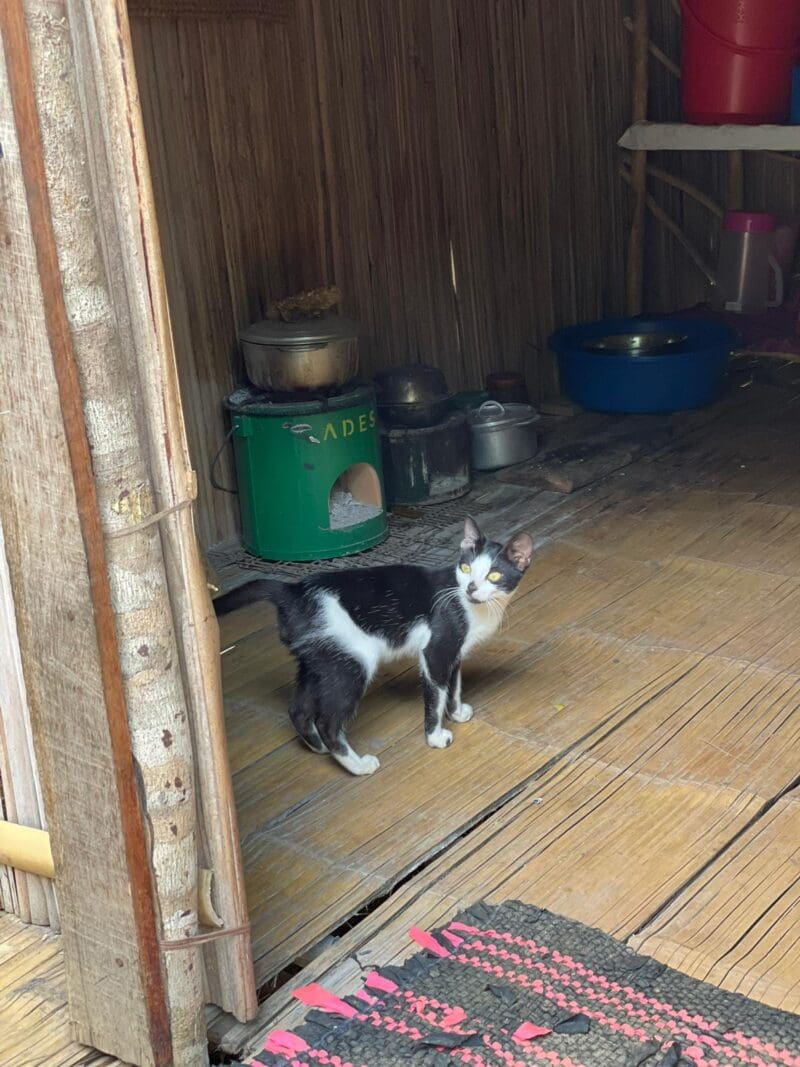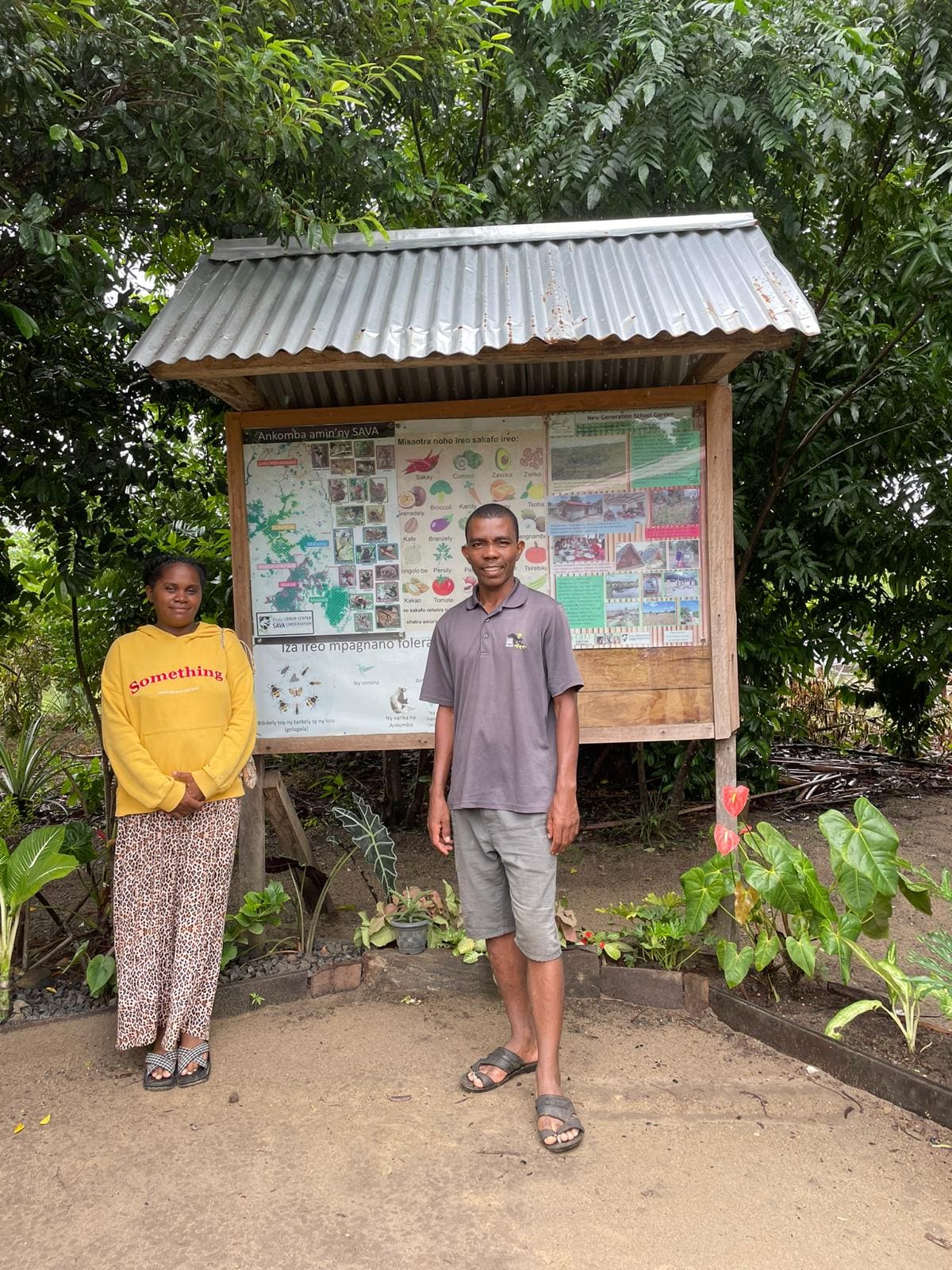Travel diary, part 7: Antalaha and Sambava
Maeva* is an intern at ADES and is currently writing her Master's thesis in Madagascar. She gives us an insight into her experiences.

When we arrive in Antalaha, it's raining... Fortunately, the sun comes out from time to time, but I can hardly believe that it's raining again! To be honest, I had been looking forward to finally being able to dry off in the sun after the ever-humid rainforest, but nothing came of it. Otherwise, I slowly discover the little town of Antalaha. It is rather small, with few built-up streets but a large market and a wild, grey-blue sea where the waves break foaming on the shore. However, there are no people in the water and, for once, I don't go swimming in the sea during my short time here.
On my second day here, I meet Elia. She is the "Chef de Zone" here, and together we have planned visits to resellers, ADES cooker users and several partner organisations as we travel from Antalaha to Sambava, Ambilobe and finally Diego. My first visits to resellers and cooker users start here, and it is really exciting and nice to meet all the people who work with ADES or are reached through ADES. It's also always fun to see what business the resellers do while selling ADES cookers: A wooden stall with clothes, a copy and print shop, a telma and orange stall (dates), a small shop with woven hats, baskets and bags, scarves, souvenirs and an attached hairdressing and beauty salon, or even a small shelter with all sorts of essential oils, tinctures and organic creams.

What is noticeable here in the north, even as we drive on to Sambava, are the many men who chew "Kati". The kath shrub, which originally came here from Yemen, is said to act as an aphrodisiac and make men more potent. I don't know whether it has any other effect. I just find it rather funny how men (and really only men) stand on practically every corner or drive the bajajs, stuffing the leaves into themselves with one big cheek like ruminating cows. But it seems to be a thriving business, because I come across more and more stalls with the plant or women carrying the kati wrapped up on their heads.
Sambava is like Antalaha's big sister. Only an hour away, the two towns are similar, but Sambava, also known as the vanilla capital (I actually did the famous vanilla route with my trek), is more modern, has clearly paved streets and a larger beachfront. It has more and bigger shops, and some of the partners we visit here are also based here.

In addition to the visits to the partners' offices, we take a trip to the "Brousse", where ADES has a joint project with Givaudan in a small village called Morafeno in the middle of the bush/forest. When we arrive by taxi-moto, we are greeted by Monsieur Délphin, the local cooker reseller and part of the project, and the head of the fokontany (village). We are first invited into the house for a round of introductions before going outside to meet all the vanilla farmers involved in the project. All these farmers also received an ADES cooker from Givaudan for their households. Afterwards, we were given a tour of the whole village and were allowed to visit some of the kitchens and huts, were invited to eat lunch at a huge table together with our taxi-moto drivers, and then I went for a swim in the river with the women. Elia braided my hair afterwards and we chatted a little longer with the family who welcomed us so warmly. Everyone was incredibly nice. It was great to see the fairly new cookers in action and to walk through the cute village. I had initially assumed that an energy-efficient cooker would be of less interest to the people who live so close to the forest, as they always have direct access to firewood around them and could simply light a fire at any time. But I was wrong, because there has already been a high demand for the cookers here: It saves wood as much as coal, and that's not just saving on household expenses, because as it rains so often here, the wood is always wet. This means that you have to spend a lot of time making sure you always have dry wood in stock. Above all, the local cookers here sometimes last just a few months before you urgently need to buy a new one, whereas the ADES cookers remain usable for up to eight years. So it is a very warm, beautiful and enormously exciting visit to the village of Morafeno.

Another project we visit that I really like is called New Generation School Garden. It was founded by Evrard, a former employee and partner of Duke Lemur Conservation, which is also a partner organisation of ADES. We also travelled about half an hour inland by car to get there. Evrard has realised his dream with this project. Together with the crowdfunding of two German students, whom he met on a virtual university exchange programme, he has bought a large piece of land to establish a school that combines theory with practice and aims to teach Malagasy children the value of nature again. It is a very inspiring and beautiful place. I am convinced that after a school visit there, children can learn a completely different connection to nature, biodiversity and sustainability. Usually, a group of school children from one school makes a total of three visits there, and this is spread over a few months. The children spend the day there each time, except on the third visit, when they can even spend a night there in the lacy palm bungalows. In addition to theory, they spend a lot of time outside, learning about plants, what can be made with them, what can be planted, what animals appear, what kind of animals there are, how to carefully but simply make the soil more fertile again, and much more. Parents are often invited to join in and can learn a great deal. I learnt a lot even on the short tour, and the whole thing has something of a permaculture feel to it. In addition to agroecology, Evrard also introduces pisciculture (fish farming) and apiculture (beekeeping). He makes his own flour from breadfruit, bakes cakes, makes his own flavoured tea, etc. He uses ADES energy-saving and solar cookers. He used to be an ADES reseller himself, knows the cooker well and regularly presents it to visitors. In the meantime, the school has also received a number of enquiries from tourists who can stay there overnight. It is an enormously promising project that leaves an impression and I think it could make a big difference if it could also be realised in other regions of Madagascar.

What I have discovered more and more for myself while travelling is rum (But why is the rum gone? - Captain J.S.). Apparently it's customary here to drink rum instead of wine (the local wine is also undrinkable here). But what made me realise this is that you are often offered a rum arrangé after your meal. I've tried a few different flavours in the meantime and can recommend vanilla, coco, banana or lychee rum. I also somehow like to enjoy a small glass of the warm liquid at the end of a meal and let the evening linger a little longer.
So, that's it for today. But now comes my most exciting and challenging mode of transport to date: the taxi brousse!
* Name changed

